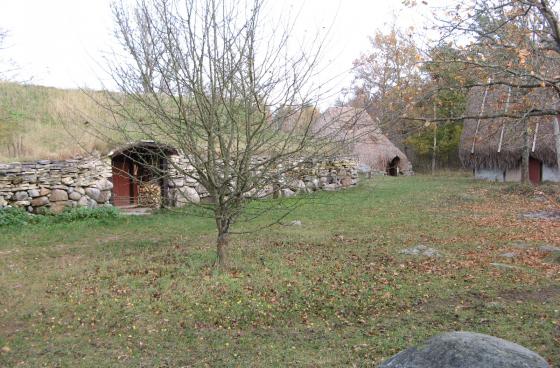
People are different. It is something that we have all experienced while growing up and being taught in school; some children are better at math and some are better language, some are athletic, and some are good at crafting. Besides having different areas of skills that we excel in, we also have different ways in which we learn the best.
History, in particular, might be a difficult subject for many children as they “just read” about something that happened a long time ago. Stavgard is an open-air museum in Gotland, Sweden, that invites school classes to learn about history in a different way.
Martin Andersson has written a paper (in Swedish) about Stavgard and how the open-air museum has a program that lets school teachers and their students participate in a couple of days in Stavgard’s historic environment. The aim of this study was to investigate what role the aesthetic learning processes in historical workshops can play in developing students' historical consciousness and historical empathy. The museum provides different tasks and tools for the children for them to learn about history through experiences as a supplement to reading about it in the classroom.
This investigation has been conducted by interviewing six teachers who have been at Stavgard Iron Age camp school with their classes. The survey found that historical workshops are appreciated among teachers and students and that it is a priority in the teaching, even though this means a great financial effort for the school. The aesthetic learning processes are represented at Stavgard through practical work, stories and to some extent drama. The teachers report that after the visit to Stavgard the students have gained a higher level of engagement and understanding of history because they now have their own experiences they can draw from and associate with what is being taught in class. The stay at Stavgard is a way of creating a common frame of reference for teachers and class, based on which historical consciousness is built during future history teaching. At the camp school, the students get to live an everyday Iron Age life for two days, and the study shows that the students themselves by experiencing the hardship of the Iron Age people develop historical empathy. In addition to this, it is also described how the pre- and post-work in connection with the stay at Stavgard is designed by the different teachers.
